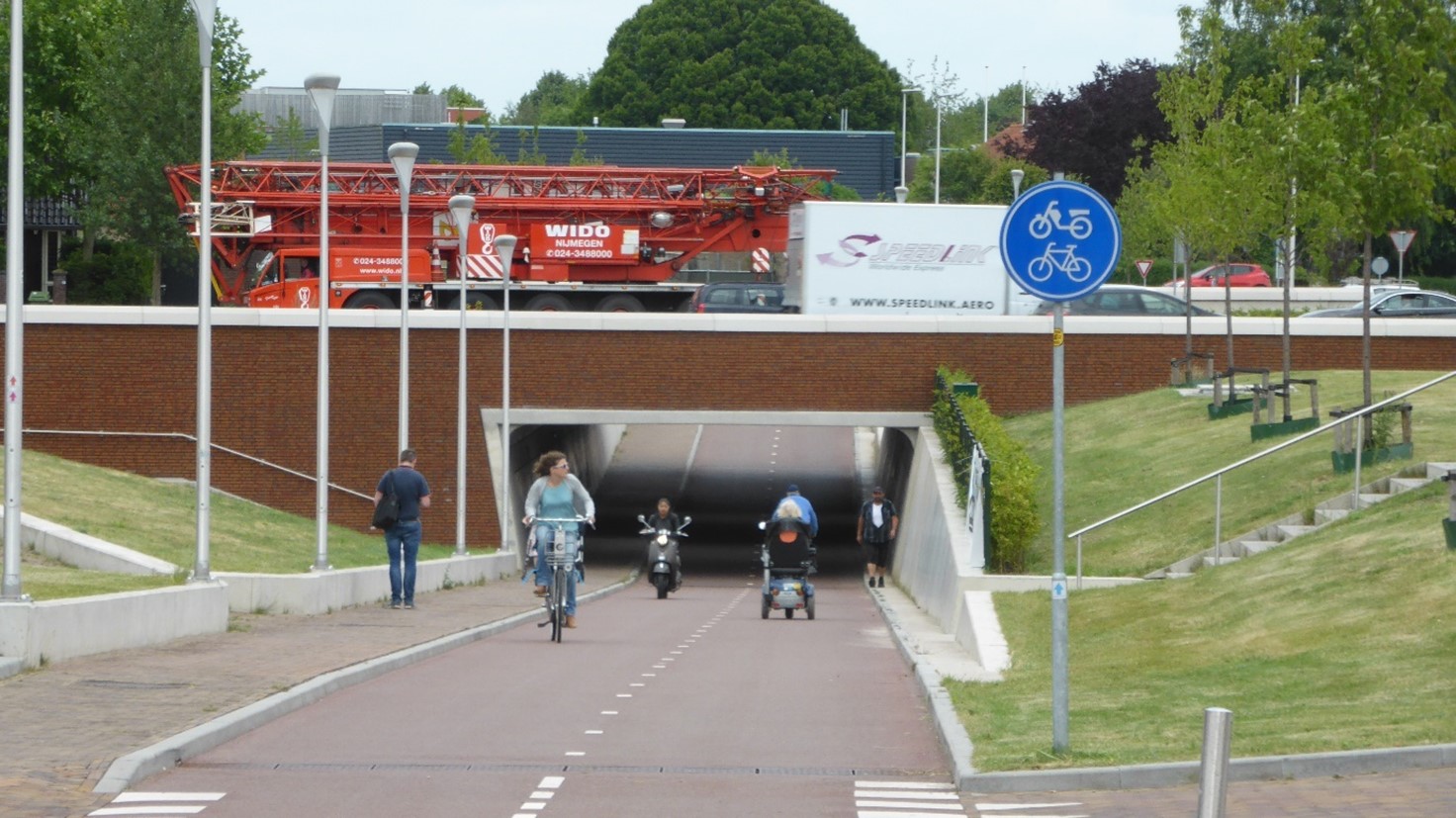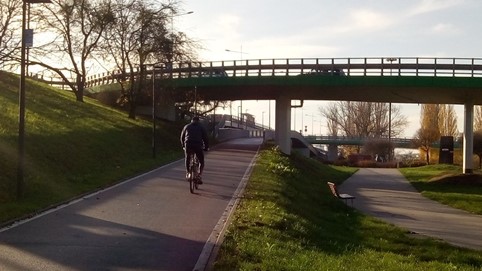
How much does a cycle track cost?
The price tag on a cycle track can vary greatly from under €50,000 to over €10,000,000 per kilometre. Why is that? What elements influence the price tag on cycling infrastructure? Check out ECF’s new factsheet to better estimate the costs of infrastructure.
“How much will it cost to build a network of cycle routes?” is a question frequently asked to the European Cyclists’ Federation (ECF). Recently even more so with Member States working to put together their National Recovery and Resilience Plans and Partnership Agreements for EU funding.
The answer is not straightforward. The actual cycle tracks per se are very cheap, but most of the final price tag is determined by the range of additional works, from drainage to traffic lights, that are necessary to provide safe space for cyclists.

To give you a better idea of how much a cycle track can cost, ECF reviewed a number of cycling infrastructure projects in various European countries that have either been implemented in the past few years or are planned for the near future. Many of these were provided by virtual study visits organised as part of the EU CYCLE project on urban-rural connections and regional cycle networks.
ECF compiled these insights in a new factsheet presenting the “typical” unit costs for multiple different scenarios, highlighting the key factors influencing the costs of cycling projects and the case studies these were based upon.
The factsheet shows that prices are heavily affected by the localisation, the legal and administrative framework, and the non-cycling infrastructure necessary to include in any given project. In greenfield conditions, a high-quality cycle tracks can be built for as little as €50,000 per km, as demonstrated by the regional cycle route network in Małopolska, Poland.
At the other end of the price range, the section of cycle highway F3 between Zaventem and Diegem in Belgium will cost €12 million per kilometre because of all the engineering structures needed to cross the ring road of Brussels, other major roads along the way and the rail station at Diegem. This particular project could have been much cheaper if the highway had been included in the railroad upgrade that took place between 2002 and 2006, which is why ECF advocates for systematically integrating cycling infrastructure in projects on the Trans-European Transport Network.
Download the factsheet: The Costs of Cycling Infrastructure
Do you know other interesting projects that could be included in ECF’s cost comparison? Or did we miss any important factors for the price of cycling infrastructure? Let us know!
Regions:
News category:
Contact the author
Recent news!
Upcoming events
Contact Us
Avenue des Arts, 7-8
Postal address: Rue de la Charité, 22
1210 Brussels, Belgium









